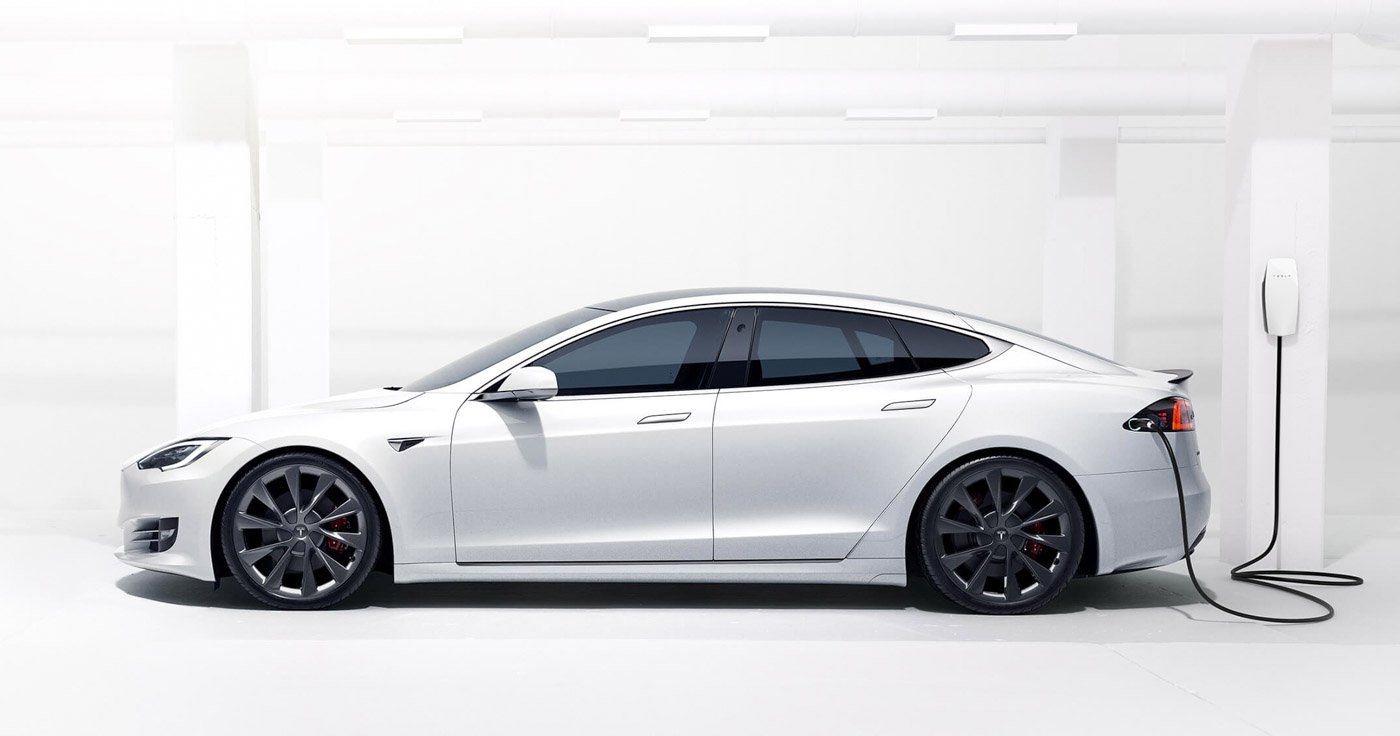Tesla’s initiative to open its Supercharger network to non-Tesla electric vehicles (EVs) represents a significant development in the U.S. electric mobility landscape. The plan, endorsed by the White House, aims to make at least 7,500 chargers accessible to all EVs by the end of 2024. This expansion includes both high-power Superchargers and Level 2 Destination Chargers at various public locations like hotels and restaurants.
The Business and Environmental Impact
Opening the Supercharger network could potentially generate substantial revenue for Tesla, as non-Tesla EV owners will be able to access these chargers through a membership or per-use payment model. This approach not only boosts Tesla’s business but also supports broader environmental goals by facilitating easier and more reliable charging for a growing number of EVs on the road.
Technical and Logistical Challenges
The integration of non-Tesla EVs into the Supercharger network is facilitated by the Magic Dock, an adapter that allows vehicles with CCS connectors to charge at Tesla’s stations. Despite these advancements, the rollout has faced delays and challenges. The adaptation process involves significant logistical and technical adjustments, including ensuring that the Supercharger layout accommodates various EV models, which can impact Tesla owners’ charging experiences.
Current State of the Network
As of now, the network expansion has been more gradual than expected, with a limited number of Supercharger stations available to non-Tesla EV owners in strategic locations like New York and California. This slow rollout has led to frustrations among EV owners eager for broader access.
Future Projections and Impact
Looking ahead, Tesla has committed to more than doubling its network of Superchargers in the US. This expansion will include both high-power Superchargers along major highways and Level 2 chargers at more localized destinations such as hotels and restaurants . This grwth is not only aimed at enhancing the accessibility of EV charging but also at supporting Tesla’s broader goals of advancing sustainable transport.
The future of this initiative looks promising, with plans to significantly increase the number of accessible Superchargers. However, the pace of expansion and the resolution of technical challenges will be crucial in determining its success and impact on Tesla’s position in the EV market.



















Add Comment